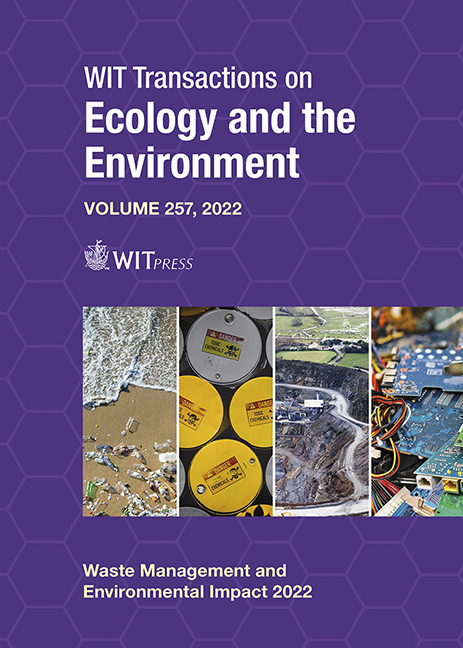NETWORK STRUCTURES IN HAZARDOUS WASTE MANAGEMENT SYSTEMS: ADVANCES, CHARACTERISTICS AND CHALLENGES
Price
Free (open access)
Transaction
Volume
257
Pages
13
Page Range
161 - 173
Published
2022
Paper DOI
10.2495/WMEI220141
Copyright
Author(s)
PAULA A. CABRALES NAVARRO, JAVIER E. ARIAS OSORIO, JULIO C. CAMACHO PINTO
Abstract
In recent years, progressive industrial and technological development has increased the amount of hazardous waste generated on the planet. The improper management of these wastes adversely affects human health and the environment due to their corrosive, reactive, ignitable, and toxic characteristics. Consequently, the activities associated with the collection, transport, treatment, recycling, and disposal of hazardous waste increase the related risks producing crucial economic and social impacts. For this reason, hazardous waste management attracts researchers’ attention who through the formulation of optimization models have proposed in the literature the hazardous waste location-routing problem (HWLRP). In this regard, this paper studies the evolution of network structures in HWLRP existing in the literature. The main focus of this paper is to provide a review of the most relevant frameworks for the design of a hazardous waste management system and to analyze advances, characteristics, and challenges for future research. This study may help to define assumptions, concepts, and some insights into the design of the subsequent location and routing models applied to hazardous waste management to minimize the economic, social, and environmental impact that these wastes generate.
Keywords
waste management systems, hazardous waste, network structures, location and routing




